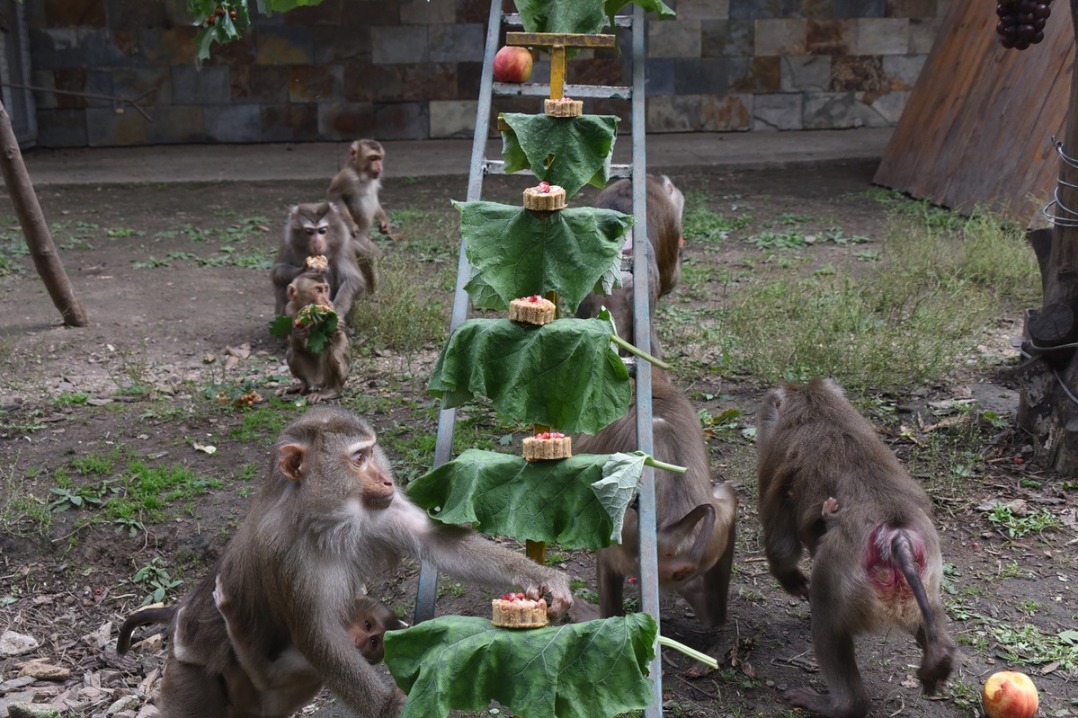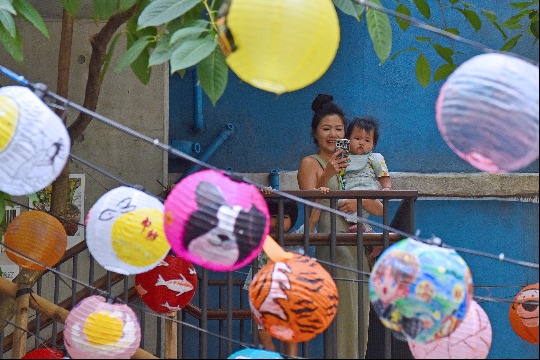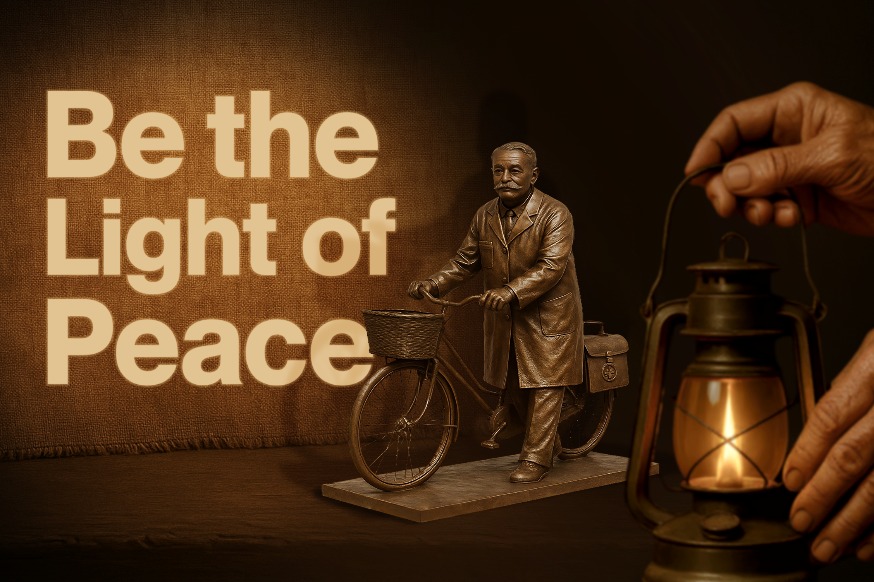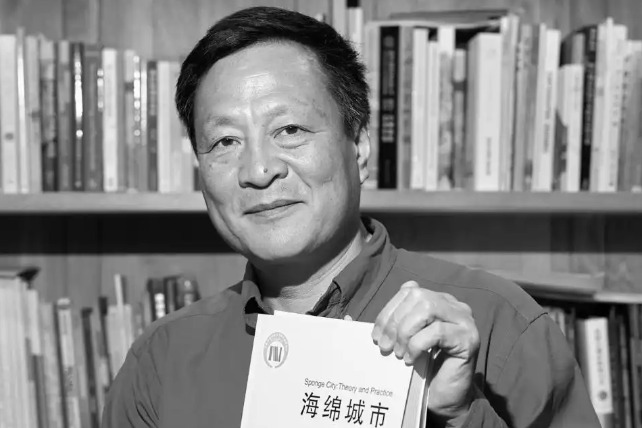China's poverty standards fit its situation, NPC spokesman says

China's poverty threshold fits its own social and economic development level, a spokesperson for the annual session of China's national legislature said Thursday, rebutting claims the country had intentionally set a lower poverty threshold.
The current poverty line — per-capita annual income of 2,300 yuan ($355), set in 2011 and adjusted annually for inflation — is higher than the World Bank $1.90 per person per day poverty threshold set in 2015 when accounting for purchasing power parity, said Zhang Yesui, spokesman for the fourth session of the 13th National People's Congress, the country's top legislative body.
It is also higher than the threshold of abject poverty adopted by the United Nations' 2030 Agenda for Sustainable Development, he said at a news conference in Beijing.
China officially started its targeted poverty alleviation campaign in 2015, three years ahead of the World Bank's rollout of its new poverty thresholds, and therefore there could be no intentional setting of a lower standard, he said.
The 2018 thresholds by the World Bank were intended for reference or research, and individual countries still stick to their respective standards, he added.
The spokesman explained the Chinese poverty threshold is a "multidimensional" one, which also requires people have sufficient food to eat and clothes to wear, as well as access to safe homes, affordable basic health services, compulsory education and safe drinking water.
To fulfill the requirements entails huge fiscal input, but has also raised living conditions for rural poor to a large extent, he said.
- Greece shares flavor of top alcoholic exports at expo
- Holiday travelers urged to give safety top priority
- China home to 5.08 million ancient and famous trees
- China's R&D spending reports steady growth in 2024
- Barrier lake disaster in Taiwan sparks heavy criticism of DPP
- Tech hub Hangzhou eyes high-level innovative city to draw global talent




































